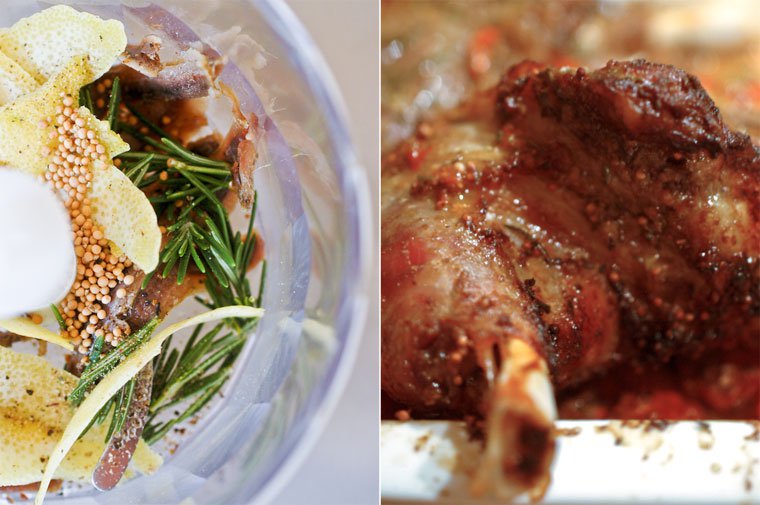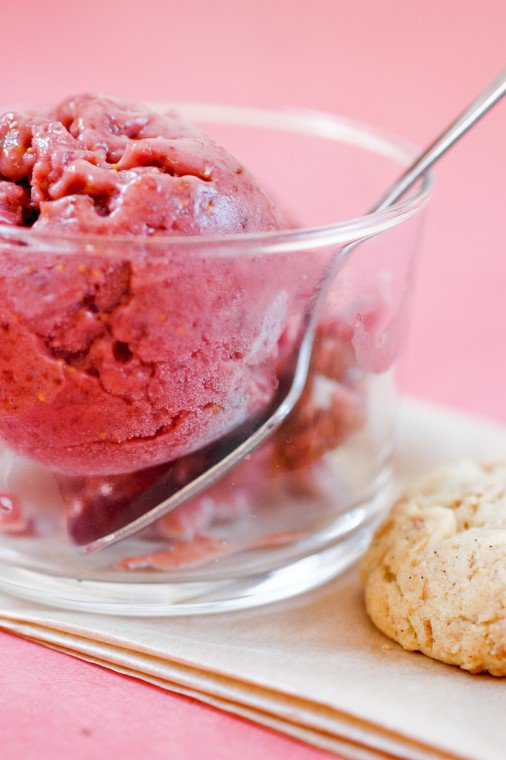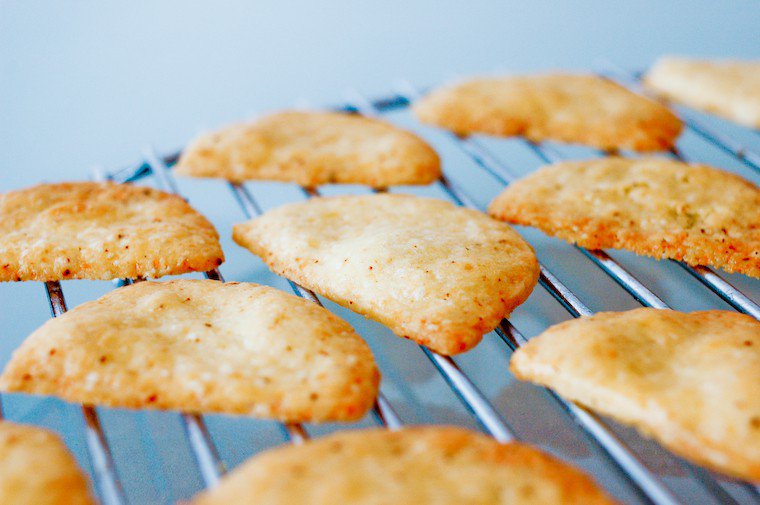I say, one can never have too many recipes for lamb shoulder. A versatile cut, the lamb shoulder, one that can be grilled, stewed, braised, or here, slow-roasted.
This dish was born out of a typical moment of greenmarket frustration, which I shall get off my chest just now.
A few Saturdays ago, I was waiting in line before my organic butcher‘s stall. Immediately ahead of me was a stocky little lady, whose many years of experience had taught her how to maximize the annoyance of the person behind her, i.e. me, through the cunning use of her shopping trolley.
Never one to let a stocky little lady defeat me, I outmaneuvered her by gliding her trolley forward with my right foot, slowly but surely, every time her back was turned.
Her technique was this: when the line moved forward, she followed, but neglected, for as long as she could possibly hold fort, to pull her trolley along with her, thus blocking the progress of the other customers, and preventing them from getting a comfortable look at the day’s offerings — a dire handicap on a busy market morning, when one is required to place one’s order with great velocity.
Never one to let a stocky little lady defeat me — she was half my height after all, though she may prove quite the cannonball in a fight — I outmaneuvered her by gliding her trolley forward with my right foot, slowly but surely, every time her back was turned.
And yet the final victory, it pains me to admit, was hers.
When her turn came, she ordered two links of blood sausage, a hefty slice of headcheese, and six pork chops. And then, as an afterthought, she pointed to the handsome shoulder of lamb that was sitting, all alone, in the lamb shoulder tray. My heart sank. This was, of course, what I had been coveting all along, and mine was the voice of last resorts when I uttered a half-joking, half-serious, might-as-well-give-it-a-shot, “Aw, that’s too bad, I had my eye on this one, too!”
Needless to say, she barely registered my comment*, and I swear I saw the shadow of a smirk as she grabbed her trolley and stomped away.
I ended up buying collier d’agneau (neck of lamb), which turned out fine braised with carrots and sweet potatoes, but a few days later, as I was planning the menu for an upcoming dinner party, this unresolved lamb shoulder situation floated back to the surface of my mind. I picked up the phone, dialed the number printed on the butcher’s wrapping paper, and asked if he would please set aside a shoulder of lamb for me the following Saturday.
He did, and it is with a titillating sense of revenge — ha! who’s smirking now? — that I massaged the meat with a paste made of fresh rosemary from Muriel‘s garden, anchovies, pink garlic, mustard seeds, and lemon peel. Garlic cloves en chemise** and a few late-harvest tomatoes were slipped into the baking dish, and the whole thing was popped into a low oven to roast for several hours, until the meat was nicely browned, crusty, and infused with the tangy seasoning paste.
This I served with a simple side of Italian-grown farro, a.k.a. emmer wheat or triticum dicoccum, the ancient grain that fed the Roman legions: it needs a few hours of soaking and forty minutes of cooking (preferably in homemade stock), but it cooks to a gratifying chew, it is nutritious as can be, and a nice change from the usual starch suspects.
* In case you’re wondering, yes, this strategy works every once in a while. Admittedly, I have better success if my opponent is a man, whose chivalry may lead to him letting me have the last piccola baguette, or whatever it is I hope to get.
** Ail en chemise = unpeeled garlic cloves; literally, “with their shirt on.” Isn’t it the most pictorial way to put it?









